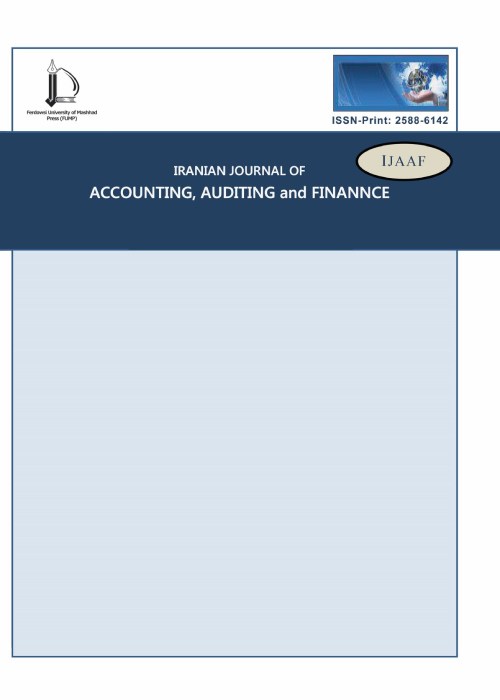Developing a Model for Improving Tax Auditing Quality in Iran
Given the importance of taxes and tax revenues in the country's economic development, it is crucial to provide a comprehensive model for tax auditing quality. The primary purpose of this study is to design a comprehensive model of tax auditing quality through a mixed method. The qualitative part approach is based on data-based theory. Data collection instruments were semi-structured interviews with 20 partners of auditing firms, managers of the Iranian Association of Certified Public Accountants, and tax officials selected by snowball sampling and content analysis methods. The axial category of the tax auditing quality model was developed, and the final model was presented according to the causal conditions, contextual conditions, intervening conditions, strategies and consequences. In the quantitative part, research hypotheses were developed, and a questionnaire was designed to test them. The questionnaires were filled by 335 experts who did not participate in the qualitative part, and the hypotheses were tested using the structural equation method. Auditing Quality improvement model was developed, which included two major parts, including auditing service providers and auditing services recipients by discovering and identifying strategic factors, intervening (contextual) conditions and their implications along with contextual conditions.
- حق عضویت دریافتی صرف حمایت از نشریات عضو و نگهداری، تکمیل و توسعه مگیران میشود.
- پرداخت حق اشتراک و دانلود مقالات اجازه بازنشر آن در سایر رسانههای چاپی و دیجیتال را به کاربر نمیدهد.




